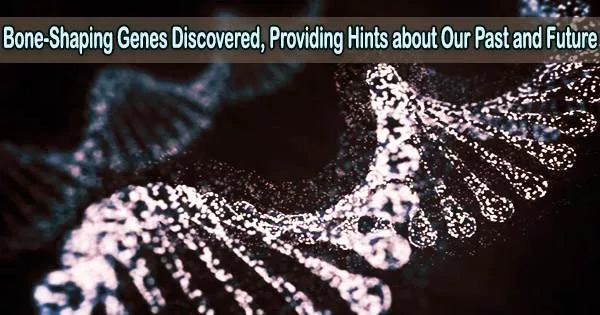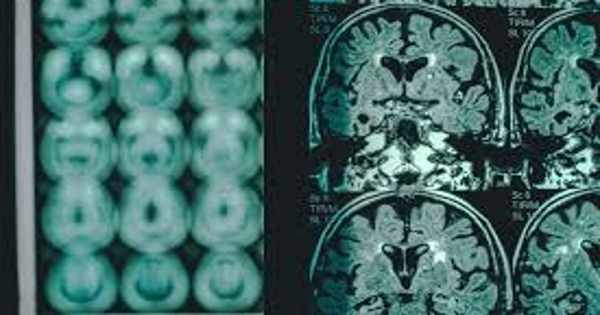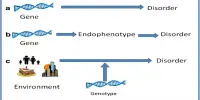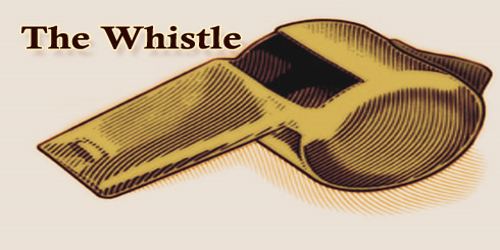Researchers from The University of Texas at Austin and the New York Genome Center have been able to identify the genes that form our skeletons, from the width of our shoulders to the length of our legs, by using artificial intelligence to evaluate tens of thousands of X-ray pictures and genetic sequences.
The study, which was featured as the cover article in Science, sheds light on our evolutionary past and provides a glimpse into a time when doctors will be able to more accurately forecast their patients’ chances of acquiring illnesses like arthritis or back discomfort later in life.
“Our research is a powerful demonstration of the impact of AI in medicine, particularly when it comes to analyzing and quantifying imaging data, as well as integrating this information with health records and genetics rapidly and at large scale,” said Vagheesh Narasimhan, an assistant professor of integrative biology as well as statistics and data science, who led the multidisciplinary team of researchers, to provide the genetic map of skeletal proportions.
Only humans and small apes have longer legs than arms, a shift in the skeletal structure that is essential for being able to walk on two legs. The researchers set out to identify which genetic alterations are responsible for the physical variations that are plainly discernible in the fossil record leading to modern humans, from Australopithecus to Neanderthals.
Additionally, they were interested in learning how these skeletal dimensions, which enable bipedalism, increase the risk of a variety of musculoskeletal problems, such as arthritis of the knee and hip, which affects billions of people worldwide and is the main cause of adult disability in the United States.
Our research is a powerful demonstration of the impact of AI in medicine, particularly when it comes to analyzing and quantifying imaging data, as well as integrating this information with health records and genetics rapidly and at large scale.
Professor Vagheesh Narasimhan
The distances between the shoulders, knees, ankles, and other body parts were automatically quantified on 39,000 medical photographs by the researchers using deep learning algorithms. These measures were compared to the genetic makeup of each individual, and they discovered 145 sites in the genome that regulate skeletal proportions.
“Our work provides a road map connecting specific genes with skeletal lengths of different parts of the body, allowing developmental biologists to investigate these in a systematic way,” said Tarjinder (T.J.) Singh, the study’s co-author, and associate member at NYGC and assistant professor in the Columbia University Department of Psychiatry.
The scientists also looked at how skeletal proportions relate to the main musculoskeletal illnesses, and they discovered that those who had a larger ratio of hip width to height are more likely to experience hip discomfort and osteoarthritis.
Similarly, people with higher ratios of femur (thigh bone) length to height were more likely to develop arthritis in their knees, knee pain and other knee problems. People with a higher ratio of torso length to height were more likely to develop back pain.
“These disorders develop from biomechanical stresses on the joints over a lifetime,” said Eucharist Kun, a UT Austin biochemistry graduate student and lead author on the paper. “Skeletal proportions affect everything from our gait to how we sit, and it makes sense that they are risk factors in these disorders.”
The results of their work also have implications for our understanding of evolution. The scientists discovered that certain genetic regions that affected skeletal proportions overlapped with parts of the genome known as human accelerated regions more frequently than they should have.
These are regions of the human genome that have undergone significant divergence from those shared by great apes and other vertebrates. This explains how human skeletal morphology has changed throughout time in terms of genomics.
One of the most enduring images of the Renaissance Leonardo Da Vinci’s “The Vitruvian Man” contained similar conceptions of the ratios and lengths of limbs and other elements that make up the human body.
“In some ways we’re tackling the same question that Da Vinci wrestled with,” Narasimhan said. “What is the basic human form and its proportion? But we are now using modern methods and also asking how those proportions are genetically determined.”
















